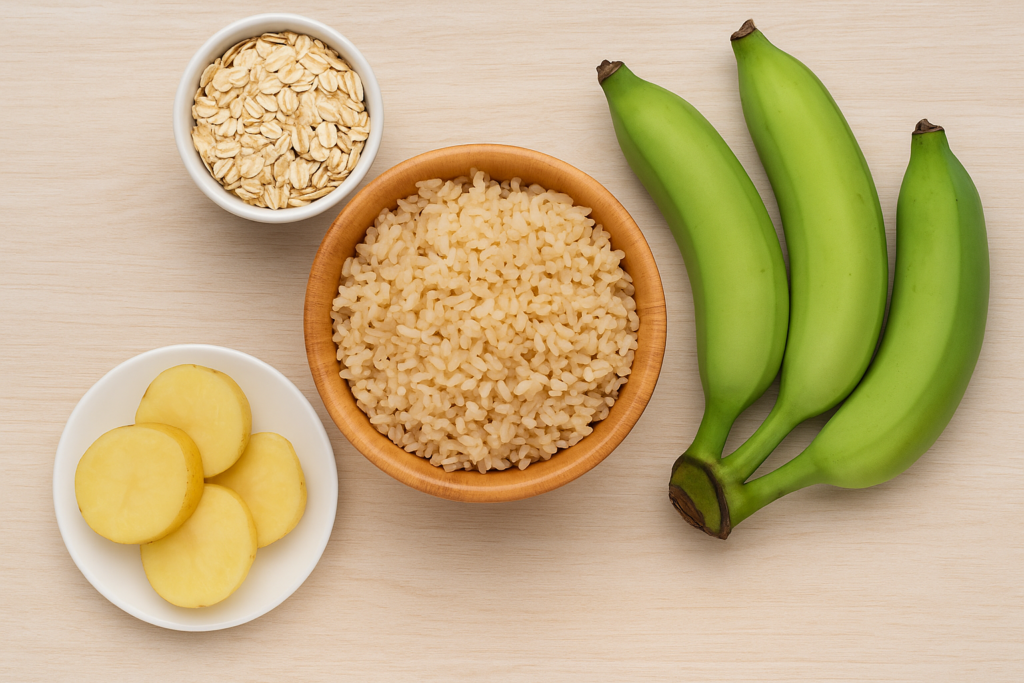A team of international researchers has found that a simple change in diet could sharply reduce the burden of fatty liver disease, one of the world’s most pressing but under-recognized health threats.
In a randomized clinical trial conducted across China, Finland, and Germany, patients with non-alcoholic fatty liver disease (NAFLD) who consumed foods rich in resistant starch—a form of dietary fiber—saw liver fat fall by as much as 50 percent in just four months.
Resistant starch occurs naturally in everyday staples such as beans, oats, green bananas, and cooled rice or potatoes. Scientists found that not only did participants experience reduced fat accumulation in the liver, but their enzyme levels and gut microbiomes also shifted in ways associated with better long-term health outcomes.
The findings carry particular weight in India and other countries where NAFLD is spreading rapidly, driven by sedentary lifestyles, high-calorie diets, and rising rates of obesity. Left untreated, the condition can progress to cirrhosis, liver cancer, and organ failure.
While experts caution that more research is needed, they note that no approved drug therapies currently exist for fatty liver disease. For now, the promise of everyday foods offering measurable protection may represent one of the most practical—and affordable—tools in the global fight against liver disorders.


